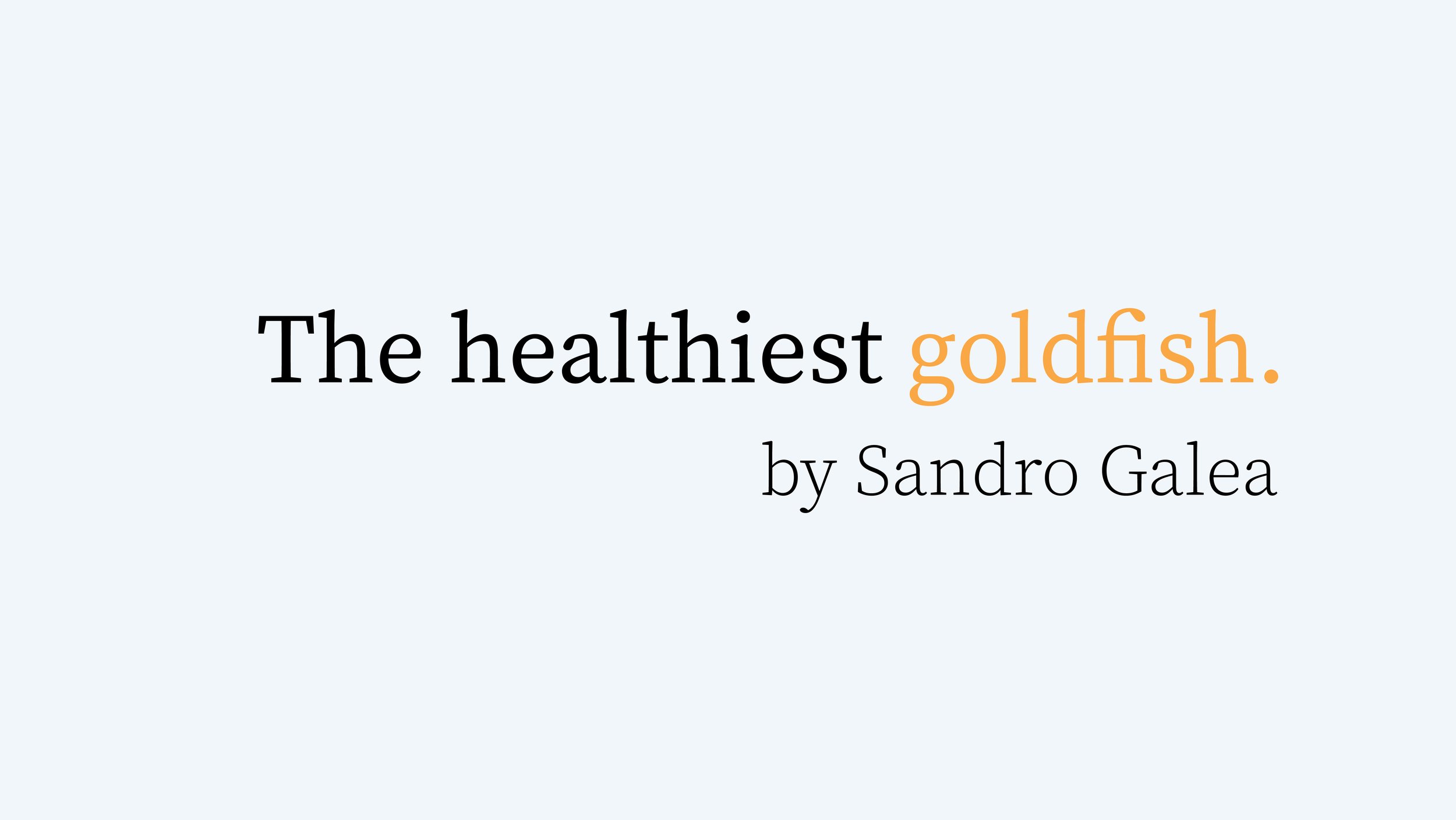Randomized trials originated in agricultural research in the 1920s where the field conditions of experiments with seeds were nearly perfectly controllable. Trials soon moved to humans, and studies to lower high blood pressure and other conditions using medication have been successfully completed and interpreted thousands of times; randomization of individual patients to individual pills is also reasonably controllable. But there are scientific experiments that are less manageable, more subject to forces that are largely unpredictable. For example, researchers recently set out to study ways to reduce opioid overdoses deaths in towns across America and used a randomized trial design—the scientific method that has historically brought us our most reliable evidence—but applied here to a knottier problem. These researchers entered the messiness of the complex system non-scientists call “the real world.” Such a study raises the question: is it possible to impose city- or community-wide interventions that change health behaviors and outcomes?
Read more here.



